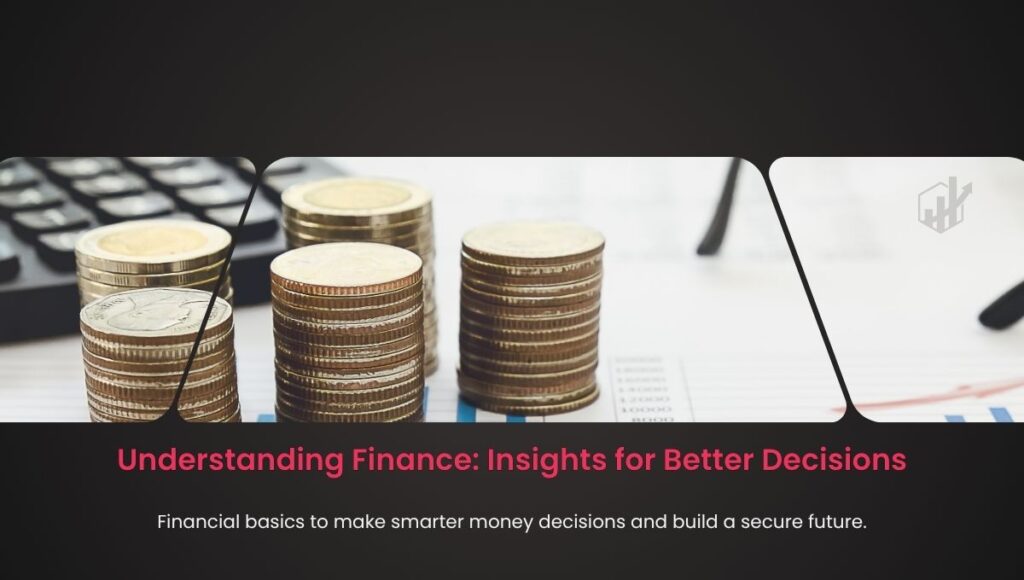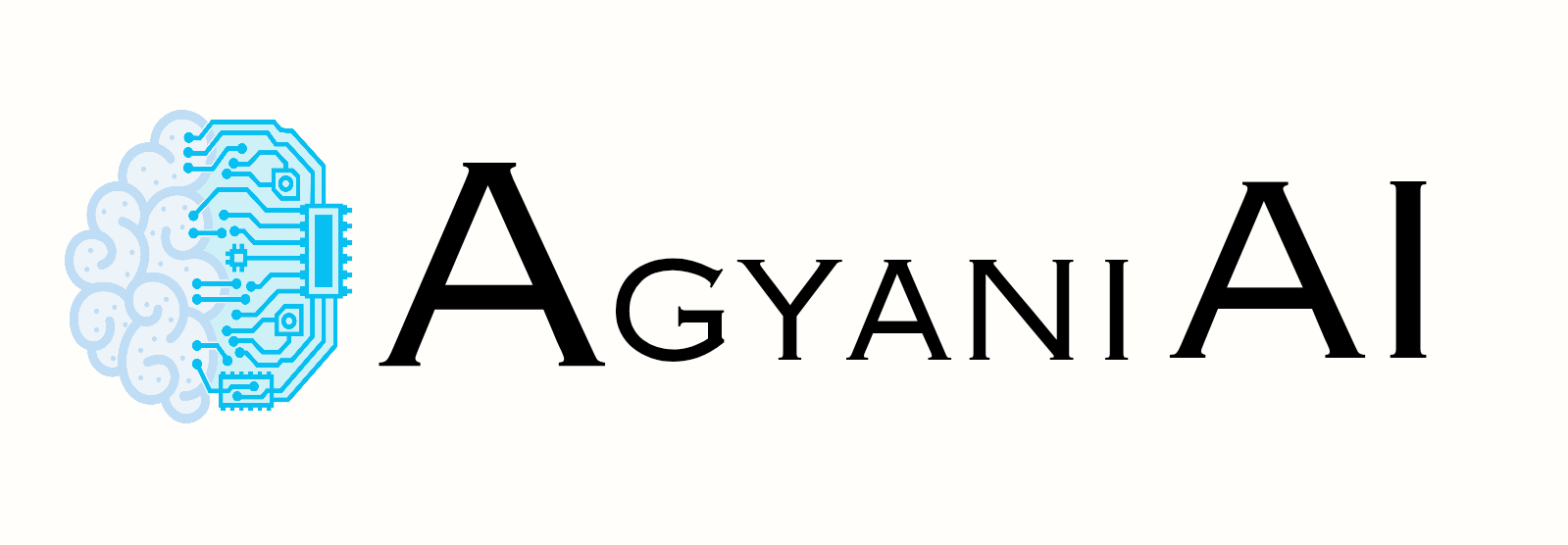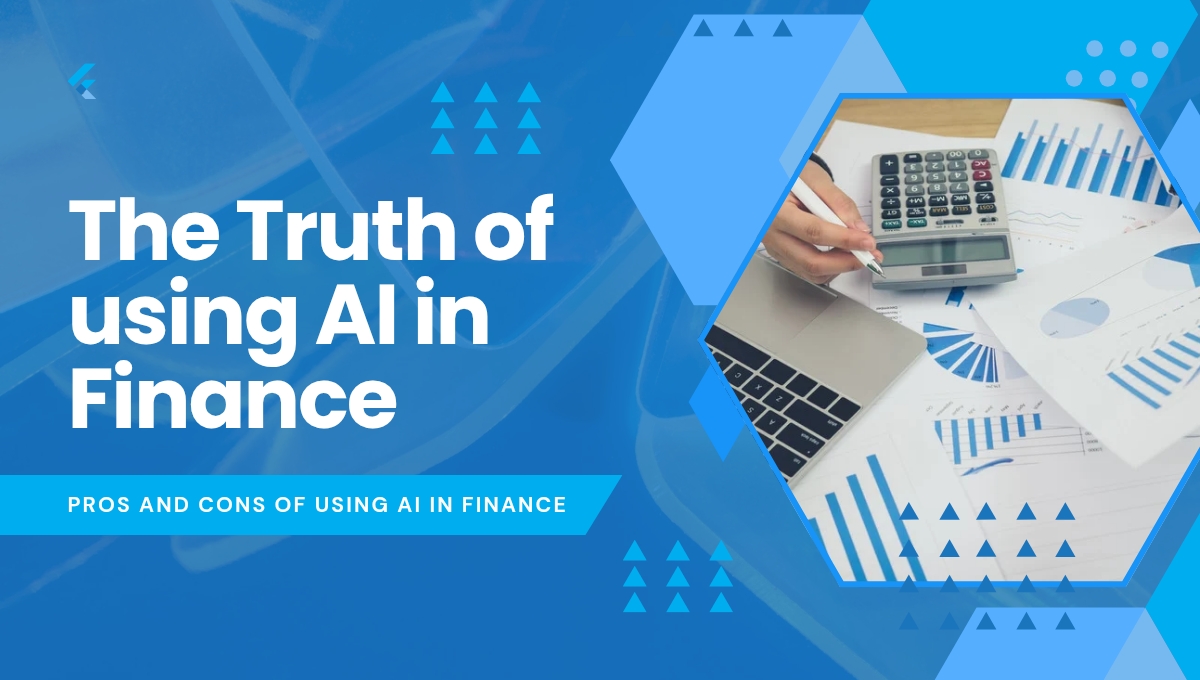With the help of Ai-powered financial forecasting tools Financial decisions have never mattered more in today’s fast-paced world.
Whether it is a business laying the groundwork for a major new investment or a family putting money aside for a college education or retirement, understanding what could happen with money matters a great deal.
That’s where AI-driven financial forecasting tools can help.
These are tools where artificial intelligence (AI) assist people and companies in forecasting about what will happen in terms of income, and expenses and investments in future.
In this blog post, we will break down the advantages and disadvantages of AI-based financial forecasting tools
- What Are AI-Powered Financial Forecasting Tools?
- The Pros of AI-Powered Financial Forecasting Tools
- The Cons of AI-Powered Financial Forecasting Tools
- Where Are AI Forecasting Tools Used Today?
- Tips to Use AI-Powered Financial Forecasting Tools Wisely
- Top AI-Powered Financial Forecasting Tools (2025)
- FAQs
- How accurate are AI financial forecasts compared to traditional statistical methods?
- What factors most impact the accuracy of AI-driven financial forecasts?
- Are AI-powered tools better at predicting market volatility or long-term trends?
- What regulations or compliance standards govern the use of AI in finance?
- How can financial institutions ensure transparency and explainability in AI-driven financial decisions?
- What are the ethical concerns surrounding the use of AI in financial forecasting?
- How to ensure fairness and prevent bias when using AI in credit risk assessment and lending?
- Will AI financial forecasting lead to job displacement for human financial analysts?
- How can companies re skill finance teams to work alongside AI tools effectively?
What Are AI-Powered Financial Forecasting Tools?
The AI behind the financial forecasting tools are intelligent software system. They gather and analyze copious amounts of data from things like past expenditures, sales or investment behavior.
Then, they apply artificial intelligence to make educated guesses about what the future will hold.
These tools are used by:
Businesses (to plan budgets)
Banks (to make loan decisions)
Investors (to study market trends)
Even people (to keep their own finances straight)- and THESE people currently have more control over their money than the others- 3.
For instance, a company could use one of these tools to determine whether they might be profitable next year, or if costs might go up. But instead of simply guessing, they use data and clever algorithms to find opportunities to move far ahead.
The Pros of AI-Powered Financial Forecasting Tools

Faster and Smarter Decisions
And financial forecasting tools powered by A.I. are incredibly fast. In seconds, they are able to analyze years of data. Humans might take hours or days to plow through spreadsheets, but these tools crunching in moments — and far fewer errors.
It’s super-handy for a business owner, manager, or even a parent who quickly needs to make a decision about whether to save, spend, or invest.
Better Accuracy
People are fallible, especially when it comes to math or lengthy reports. But the A.I. tools are trained not to make these mistakes. With the right data, AI-enhanced financial forecasting tools frequently produce significantly more accurate results than manual approaches do.
This can be very helpful when you are making bigger money decisions such as investing in a new product or getting a loan.
Works 24/7
AI doesn’t get tired, or sleep, in the way that people do. These tools can run constantly — perform calculations, watch for market changes or make live reports.
This 24/7 power is ideal for businesses that aim to prepare for all eventualities, whether opportunity or risk, at all times.
Custom Reports and Insights
Some forecasting resources involve easy-to-understand dashboards and graphs. They may help illustrate what is likely to be coming our way in the next week, month or year — and even offer some recommendations.
Some I also customized for my own utility. Need to keep tabs just on your daily sales trends? Or your future expenses? No problem.
Cost-Effective in the Long Run
Although many of these tools cost money to be started, they would often end up saving you even more money in the long run. Less errors, better preparations, and wiser budgets result in greater savings and more profits.
The Cons of AI-Powered Financial Forecasting Tools

No tool is perfect and AI-powered financial forecasting tools also have some drawbacks.
Depends on good Data
AI is only as intelligent as the data it is fed. The tool may produce inaccurate forecasts if the data is outdated, inaccurate, or lacking. This may result in bad choices.
Can Be Expensive for Small Users
Some of the best tools can be costly, especially for small businesses or individuals. Monthly fees, training, and support costs can add up.
There are free tools too, but they may not offer the same power or accuracy.
Not Always Easy to Understand
Many tools still use complicated charts or technical terms, despite some tools’ attempts to make things simpler.
Those who are unfamiliar with technical or financial terminology may find this confusing. Learning how to use these tools correctly may take some time, and not everyone has that much time.
Too Much Trust in Technology
People occasionally stop using their own judgment and instead rely solely on AI. However, even intelligent tools can make mistakes.
AI is not always able to predict a lot of things, such as abrupt market crashes or world events. It’s critical to combine AI guidance with human reasoning.
Data Privacy and Security
AI tools require access to financial data, sometimes extremely private or sensitive data, in order to function properly.
This data may be compromised or leaked if the system is not secure. Because of this, it’s critical to select reliable, secure forecasting tools and to always read the privacy terms.
Where Are AI Forecasting Tools Used Today?
Let’s look at how different people use AI-powered financial forecasting tools:
Businesses:
To plan future profits, manage costs, and decide when to launch new products.
Banks:
To study if customers can pay back loans and reduce the risk of giving loans to the wrong people.
Stock Traders:
To find market trends and guess which stocks might rise or fall.
Families and Individuals:
To budget monthly spending, plan for school fees, or save for vacations.
Tips to Use AI-Powered Financial Forecasting Tools Wisely
Start Small: Start with basic features before trying everything.
Check Your Data: Always update your data and check it’s correct or not.
Compare Tools: Do not use the first tool you find. Compare at least 2-3 options.
Mix Human and AI Thinking: Use the AI as a helper, not a decision-maker.
Watch for Hidden Fees: Some tools charge for extra features.
Top AI-Powered Financial Forecasting Tools (2025)
Here are some popular tools people are using:
Planful
Fyle (for personal finance)
Tesorio (for cash flow predictions)
FAQs
How accurate are AI financial forecasts compared to traditional statistical methods?
Research has shown that AI models such as LSTM predict with 84–87% lower error rates than ARIMA.
AI models can also recognize non-linear signals that traditional methods cannot capture.
For example, a study published on SSRN showed that neural networks and deep learning provide better risk management and prediction accuracy than traditional methods.
But beware: traditional methods can still be effective on small, simple data sets. So…
Conclusion: AI is clearly ahead on large, complex datasets and non-linearities; traditional methods still succeed in small, simple cases.
What factors most impact the accuracy of AI-driven financial forecasts?
The main factors that affect the performance of AI models are: Data Quality and diversity, feature section and modern architecture, overfitting and generalization, interepretability of the model, Real-time data and changing environment, Regulatory and cyber-security risks and Integration of human expertise
Are AI-powered tools better at predicting market volatility or long-term trends?
AI is able to predict volatility index and sudden fluctuations well, especially using time-series models.
Research shows that AI models are better than traditional methods in volatile situations.
What regulations or compliance standards govern the use of AI in finance?
Global regulations such as the EU AI Act, GDPR (Right to Explanation), US Fair Lending Laws (ECOA, FHA), FCA (UK), and ISO/NIST apply to financial use of AI. All of these ensure transparency, fairness, and consumer protection of AI.
How can financial institutions ensure transparency and explainability in AI-driven financial decisions?
Explainable AI tools such as SHAP/LIME, human-in-the-loop, documentation, and third-party audits can ensure transparency and trustworthy decisions.
What are the ethical concerns surrounding the use of AI in financial forecasting?
AI can amplify biases hidden in historical data, thereby denying financial access to certain groups.
“Black‑box” models reduce transparency, making accountability difficult when decisions go wrong.
Responsibility is unclear—the ethical dilemma is who is to blame: the manufacturer, the data provider, or the institution.
How to ensure fairness and prevent bias when using AI in credit risk assessment and lending?
Use representative and balanced data; oversampling for underrepresented groups.
Apply Explainable AI (e.g. SHAP, LIME) so that the rationale for every decision is clear.
Continuous audits and fairness metrics such as demographic parity, disparate impact.
Create a Human-in-the-loop system and external audit team – HITL involves humans to review critical decisions.
Will AI financial forecasting lead to job displacement for human financial analysts?
At the junior level, robots take over a lot of the work; research suggests that IPO documents can be prepared in minutes, compared to weeks previously.
At the middle/senior level, AI allows them to focus on more design, decision and strategy tasks, where human understanding is essential.
How can companies re skill finance teams to work alongside AI tools effectively?
AI literacy and platform training: Provide training on tools like OpenAI/Claude.
Human+AI workflow design: Create employees who participate in decision making and judgement with AI.
Capability roadmap and job restructuring: Design new roles (e.g. AI analysts, coordinators).
Union-government partnerships: Ensure investments in retraining to accommodate junior staff.

